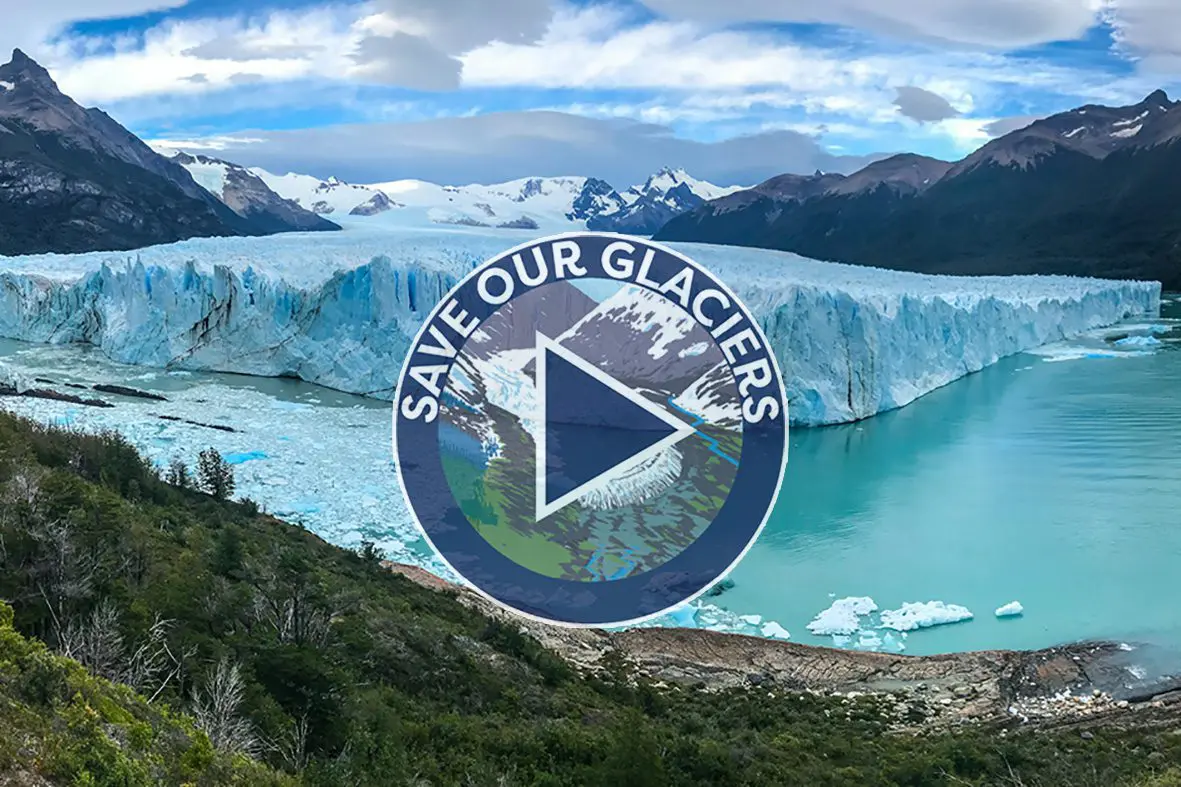
World Water Day 2025
According to data from the World Meteorological Organization (WMO), about 70% of the planet’s freshwater reserves are stored in ice and snow, coupled with the fact that nearly two billion people depend on water from glaciers, seasonal snow, and mountain runoff for their daily survival. This shows how glacier loss is a global threat. Can we save them?
The UNESCO report The Andean Glacier and Water Atlas: The Impact of Glacier Retreat on Water Resources documents the effects of global warming on the glaciers of the Andes. The retreat of perennial snow makes water availability increasingly unstable, directly affecting agriculture and food security. In addition, the reduction in snow cover and the upward shift of the snowline increases the risk of sudden floods in downstream areas.
In Latin America, glacier reduction threatens more than 75 million people, and countries such as Bolivia, Chile, and Peru are particularly vulnerable, as much of their water resources come directly from glacier melt. The repercussions will hit the most fragile communities hardest – those lacking adequate support networks. For this reason, sustainable water management and adaptation policies are a priority.
Within this context, the event promoted by the United Nations takes on special significance. On March 22, 2025, World Water Day will be observed, a date established to draw global attention to universal access to drinking water and the need to address the water crisis. 2025 World Water Day theme, “Save the Glaciers”, places the accelerated retreat of glaciers at the center of the debate. Their increasingly rapid and widespread melting affects agriculture, industry, renewable energy production, food security, and water supplies for millions of people.
As early as the 36th UN-Water Meeting in 2022, the United Nations had recognized the seriousness of the phenomenon and proclaimed 2025 the International Year of Glacier Preservation. This decision also gave rise to World Glaciers Day, to be observed every March 21, immediately before World Water Day. The two events are complementary and share the goal of raising awareness among individuals, governments, and institutions about the economic, social, and ecological consequences of glacier loss.
Alongside the voice of institutions, there is also a moral voice. In November 2024, during a meeting with the WMO Secretary-General, Celeste Saulo, Pope Francis reiterated the urgency of joint mobilization against climate change. In his apostolic exhortation Laudate Deum, the Pontiff had already expressed concerns over the weakness of global responses, warning that humanity risks approaching a point of no return. The WMO Secretary-General stressed that religious institutions can play a decisive role in fostering hope and shared responsibility, promoting dialogue between science and ethical conscience.
From a human rights perspective, the International Institute of Mary Help of Christians – IIMA (Geneva) underscores that water protection is above all a matter of justice as children are the most exposed to water insecurity. It threatens health, education, and well-being. Schools, hospitals, and entire communities cannot function without a stable water supply, and as a result, the lack of adequate water resources increases the risk of malnutrition, disease, and disrupted schooling.
Every investment in water conservation and resilience strategies translates into a direct benefit for millions of people. Ensuring a sustainable future therefore means protecting glaciers and water resources for generations to come. To save the glaciers would mean protecting life. Valuing water is tantamount to secure the future.

